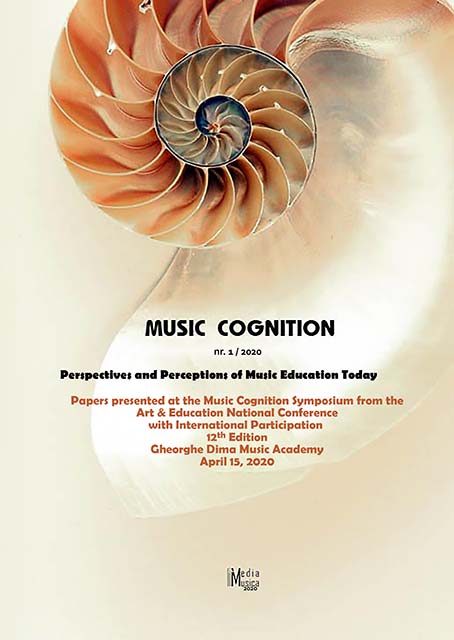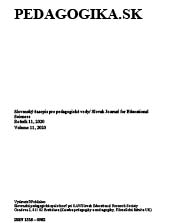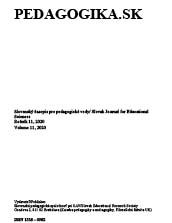Relationship between thinking styles and cognitive load: A contextual study of Arab special learners
The current study aims to assess the relationship between thinking styles and cognitive load of regular students and of the students with learning difficulties. It also evaluates to what extent cognitive load is related with patterns of thinking according to Harrison and Bramson’s theory. Random samples of 105 male and female regular students’ along with 79 male female students with learning disabilities were chosen for the study. An interview form was used to identify the family situation of the samples and the Raven matrix sequence test was used to determine the intelligence level of those with learning difficulties. To diagnose the nature of samples’ learning difficulties, Michael Best’s scale was used and to measure five thinking patterns (synthetic, ideal, pragmatic, analytical, and realistic) researchers’ self designed tool was used. To measure cognitive load, a scale prepared by ASRC was used. The results of the study indicated that those with learning difficulties think random, i.e. they do not use the five methods of thinking in an organized way for their academic achievements and in problem solving which burdens their cognitive faculty. As for regular students, their thinking was organized, and they used the five methods of thinking in a regular manner to enhance their academic achievement, which eventually reduces their cognitive load.
More...




